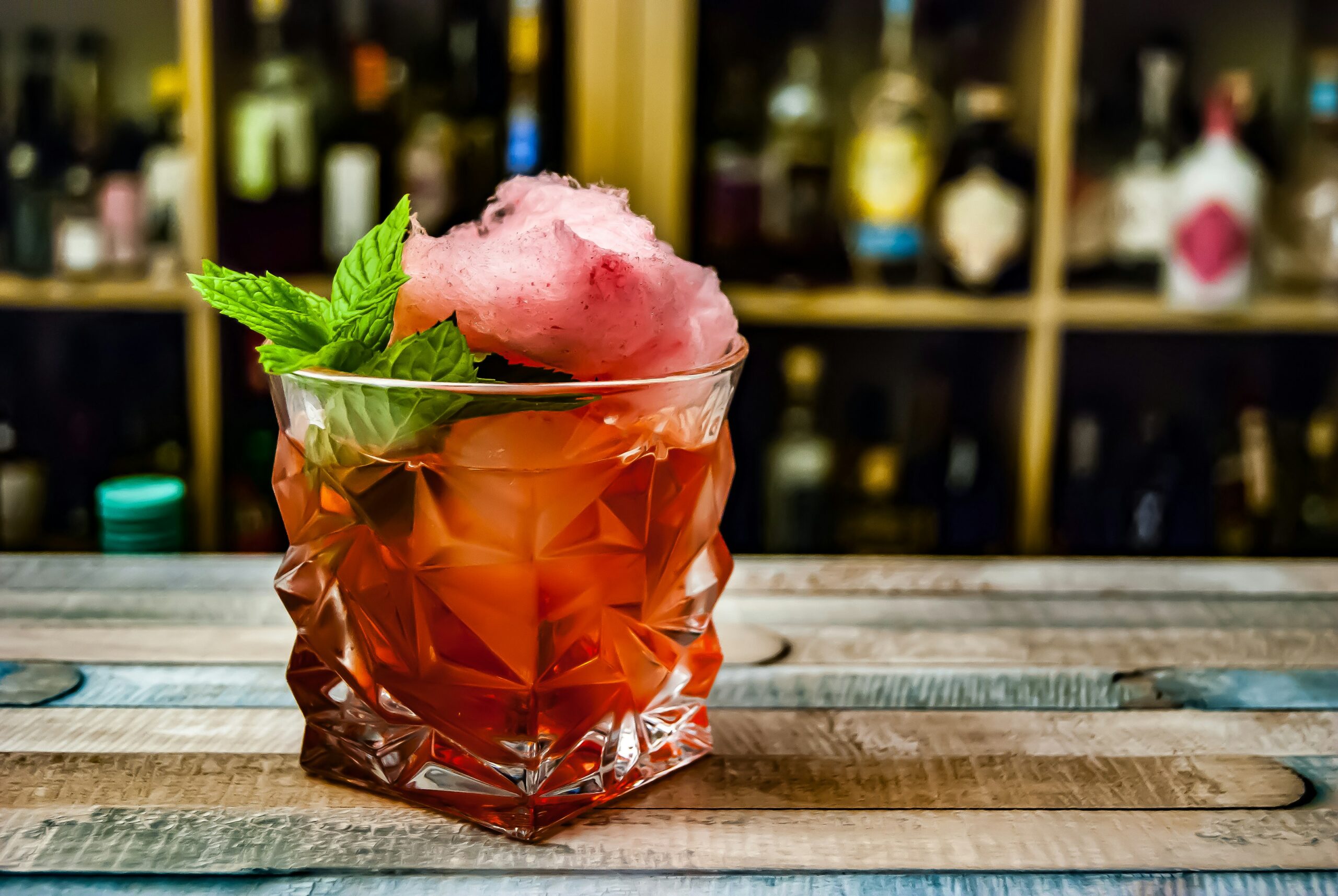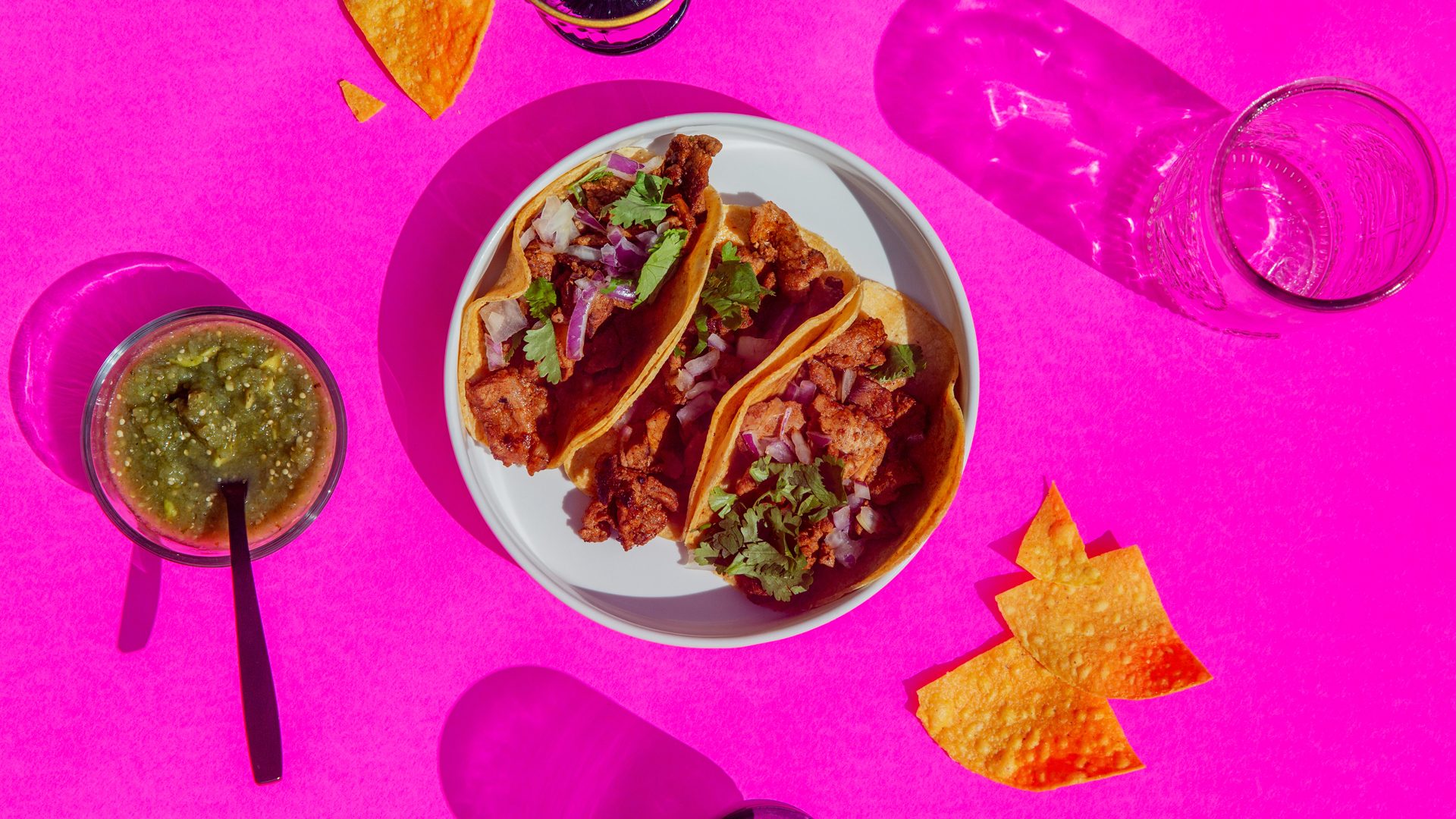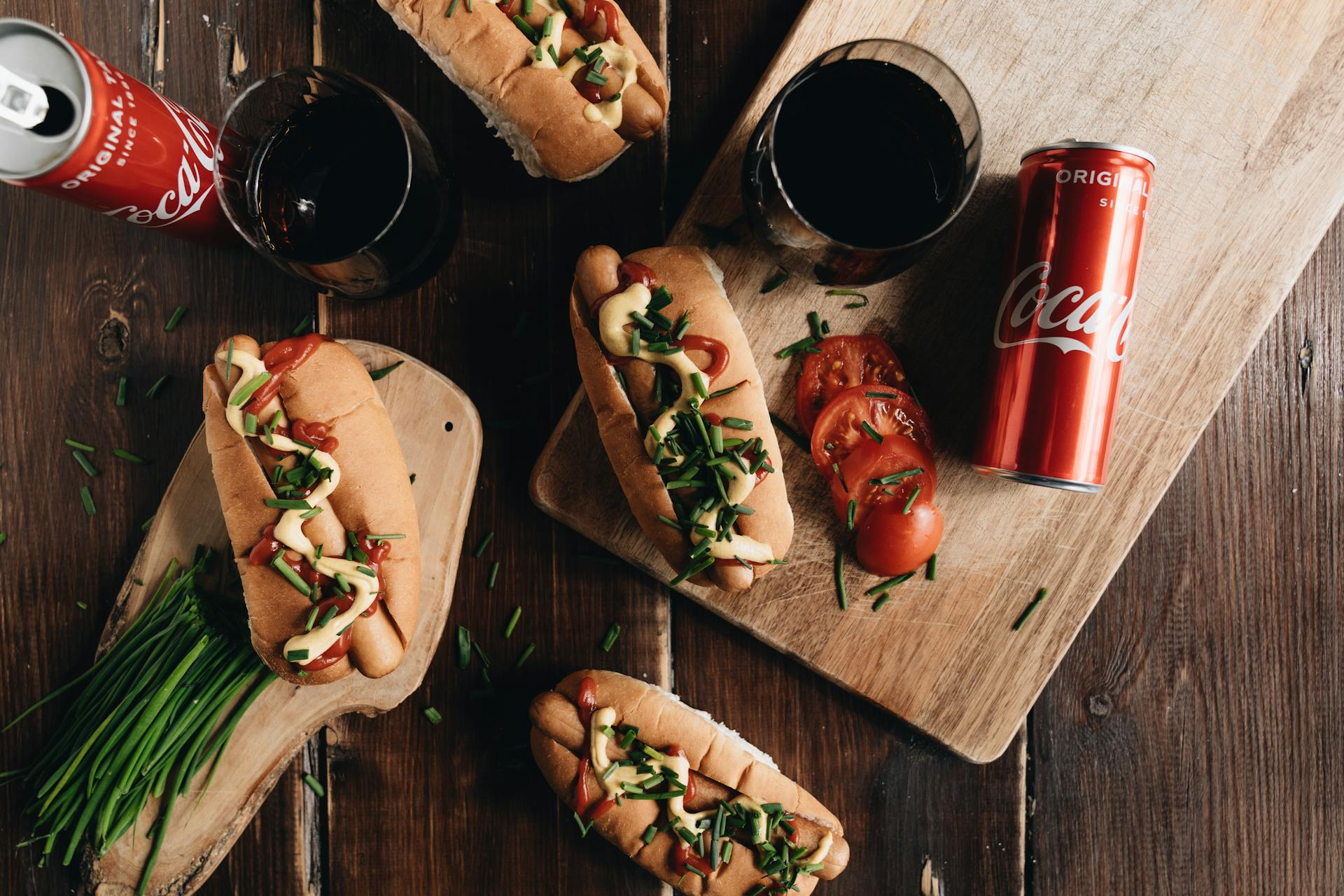When Jersey Shore first aired on MTV in 2009, it was classified as a reality show – one which documented 20-somethings getting drunk virtually every single night.
Fifteen years later, reruns featuring Snooki, Pauly D, and JWoww must amaze those just entering adulthood. Because Gen Z isn’t nearly as reliant on alcohol to have a good time.
“In the past, drinking and going out to bars was one of the few ways to socialize. Now, with social media as prevalent as it is, and with … online gaming with friends, going out to socialize is not a necessity,” noted Michele Scasserra, director of substance use counseling services with the Blake Recovery Center.
In the U.S., Gen Zers (those aged 12 to 27 years) consume 20% less alcohol, on average, than millennials (28- to 43-year-olds).
“This trend isn’t just in the United States; other countries have also observed reductions in alcohol drinking, particularly binge drinking,” said Dr. Joseph Volpicelli, executive director of the Institute of Addiction Medicine, in a statement to The Food Institute. “For example, the National Tax Agency of Japan was so concerned with losing tax revenues from alcohol sales that it launched a campaign to encourage young people to drink more.”
There are multiple factors at play when it comes to Gen Z’s approach to alcohol. For one thing, no one wants to star in a viral social media video while being embarrassingly overserved. Additionally, experts note that more young people speak openly these days about their genetic predisposition for an alcohol-use disorder.
“Gen Z is tapped in, and they see the negative impact alcohol can have on their lives,” said Michelle Houston, founder of the To Be Honest Beverage Company.
That doesn’t necessarily spell doom for drinking establishments like Club Karma (Snooki’s favorite watering hole). Bars simply need to consider taking steps to cater to so-called “sober curious” Gen Zers.
Offer Experiences and Expand the Mocktail Menu
Today’s young adults “are seeking experiences now more than ever,” Houston said “… different ways they can enjoy an outing that also allows them to feel, laugh, or socialize in a wellness-supported way.”
To lure a higher turnout of young people, bars can organize events like movie and/or trivia nights, themed food nights, or offer live music while offering alcohol alternatives with added functional benefits such as nootropics, hemp infusion, or adaptogens.
“They don’t just want sugary, fake substitutes, but real products with real ingredients,” Houston said of today’s young adults. “So, mocktails that include additional benefits are going to be where they gravitate.
“It’s now a non-negotiable that bars and restaurants have non-alcoholic options on the menu – not just juices or fountain sodas, but elevated and crafted alcohol-free cocktails. If they lack these options, they’re leaving money on the table.”
Ana Reisdorf, a registered dietitian and founder of The Food Trends website, suggests catering to health-conscious bargoers by offering mocktails that incorporate herbal notes like mint or basil paired with fruits like berries or citrus. She also suggests utilizing “handcrafted sodas that can be enjoyed on their own or mixed to create sophisticated mocktails.”
In general, experts suggest bars cater to the no- and low-alcohol crowd by putting an emphasis on quality over quantity by adding well-crafted drinks like artisanal items.
The days of getting sloshed on “Ron Ron Juice” are numbered. That’s the reality in 2024.
“Sober has not always been the most ‘popular,’” Scasserra said, “but, as sober curiosity grows, so do the number of young people willing to try it.”
The Food Institute Podcast
How are foodservice consumers contending with persistent inflation? Are they eating more at home, for example, or continuing to treat themselves at their favorite restaurants? The latest episode of The Food Institute Podcast examines that topic with Krystle Mobayeni of BentoBox, who dissected rapidly evolving consumer dining dynamics.












